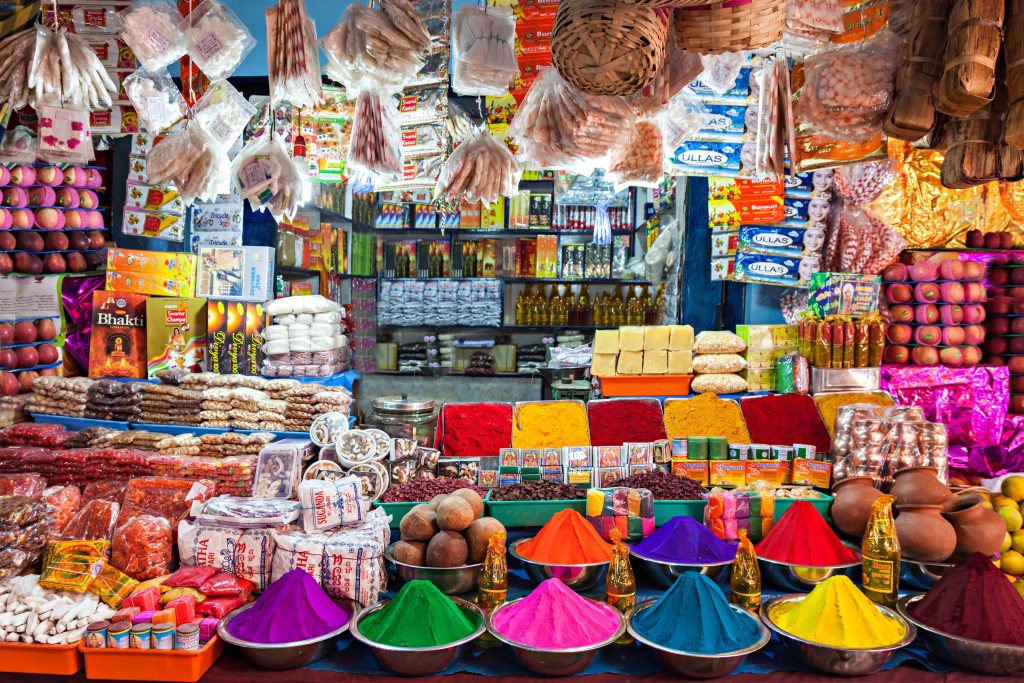
India Wiki
Area: India has an area of 3,287,590 km² India capital: New Delhi Largest city: Mumbai (population in India over 16 million) Highest point: Kangchenjunga, Sikkim (8586m) Population India: 1.027 billion Main languages: Hindi, Telugu, Bengali, Marathi and Tamil Main languages: Hinduism, Islam, Christianity, Sikhism, Jainism, Buddhism Time zones: 4.5 hours (in summer time 3.5 hours) later than in the Netherlands Currency: Rupee (Rs) Electricity: The voltage is 220 V alternating current (bring a universal adapter to be sure) Telephone: The international access code is 0091.
Culture India
Take off your shoes before entering someone’s home, temple, mosque or gurdwara (Sikh temple). Namastee, with folded hands, is the Indian way of greeting. Contact between men and women should be avoided in public. In many temples filming or photography is not allowed. If you eat with your fingers, use only your right hand. Avoid pointing the soles of your feet towards someone, as this is considered disrespect. Do not point with your index finger, but use your whole hand.
Visa India
If you travel to India, you must apply for a visa. In the past, you would go to a consulate or embassy for this. Since the introduction of e-visas for India, this is usually no longer necessary. You can apply for this through an intermediary who will take some of the work off your hands or directly via the Indian government website. indianvisaonline.gov.in/evisa/tvoa.html
Climate India
India is a large country with a varying climate. In a broad sense, it can be said that the period from October to March is the best time to visit most of the country. India has three seasons, winter, summer and monsoon. The winter months fall between November and March. The weather during this period is relatively cool and there is little or no rain. Snow can fall in the hills in the north and in the Himalayas at this time of year. During the summer, from April to June, it is warm in most of the country. The ‘hill resorts’ are a good place to cool off at this time of year.
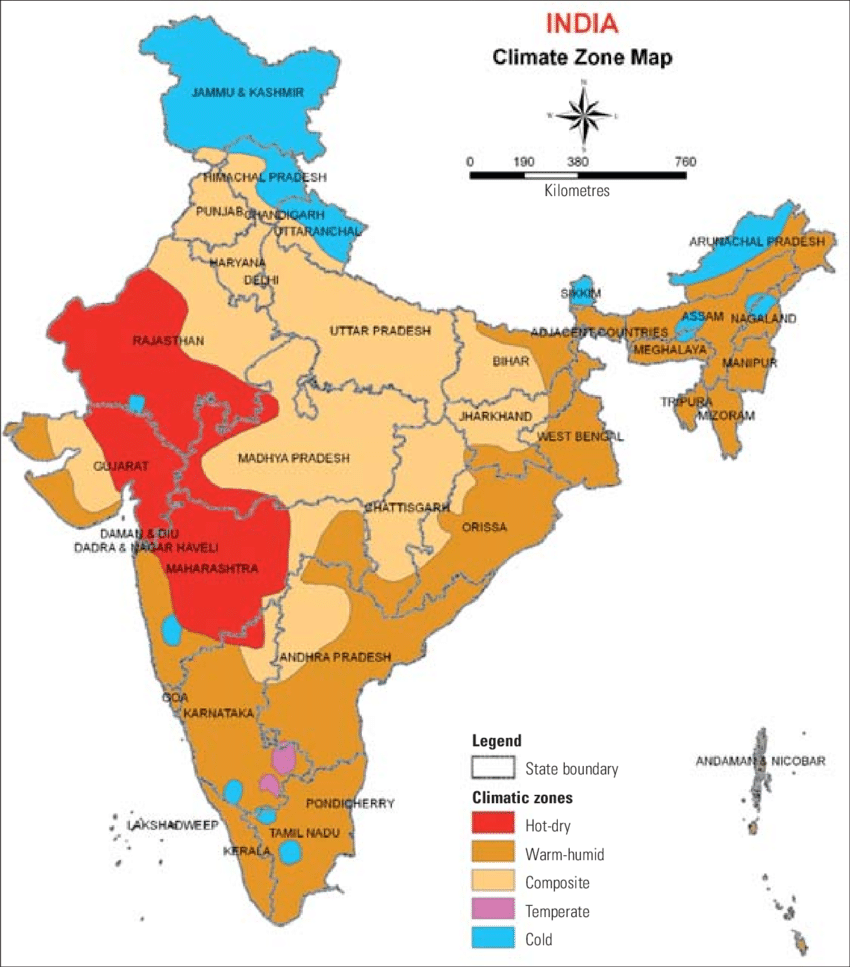
India Weather & Sights
North India. During the hot summer months, the mountains of Kashmir, Himachal Pradesh and northern Uttar Pradesh are best suited for a visit. The northeast of the country is therefore best suited for a visit between March and August. Kashmir and the foothills of the Himalayas are best visited between May and September, while the deserts of Rajasthan are best visited during the monsoon period. The period from April to November is the best time for hiking and trekking in the Indian part of the Himalayas.
Rajasthan, Agra & Varanasi. The best time to visit Rajasthan and the area around Agra and Varanasi is from early October to mid-April. The months of April, May and June are particularly hot, but July and August are already more bearable. During those months there are regular showers, but not in quantities that make traveling impossible. It will be a bit drier again in September. In the far west (for example Jaisalmer) in the Thar Desert there is virtually no rain all year round. The daytime temperature in the Thar Desert can reach 43°C. At night, the desert climate usually cools down to a pleasant 25°C. In winter (from mid-November to the end of February) the average temperature in the Thar Desert is about 24°C, but it cools down sharply at night to 7 or 8°C.
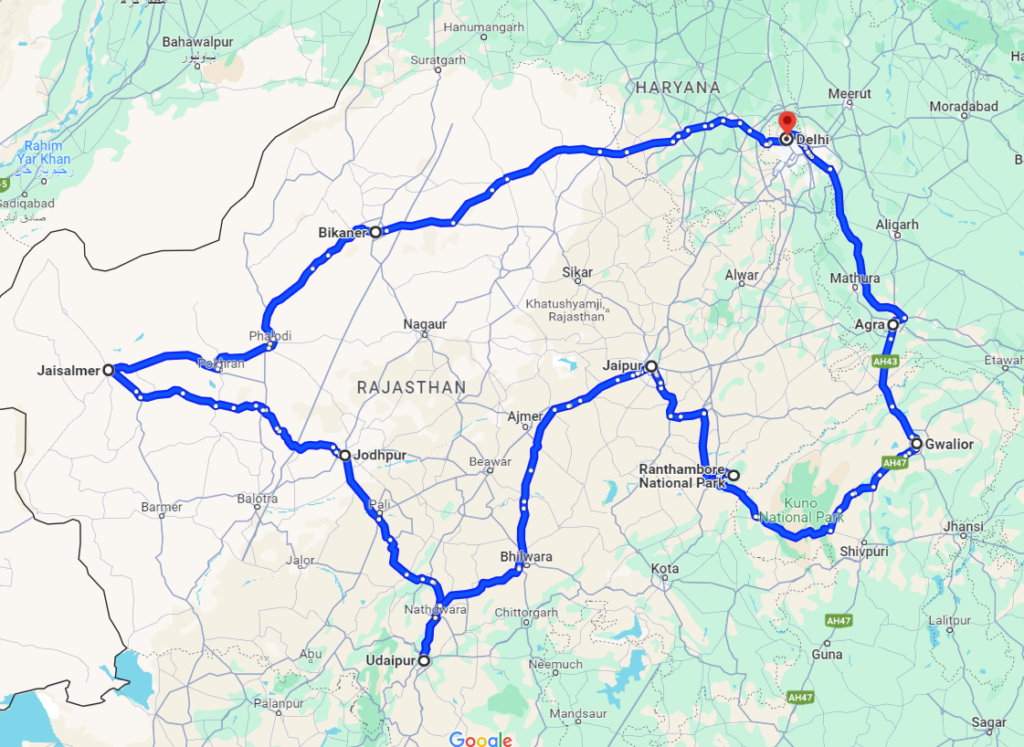
https://maps.app.goo.gl/8kx4asffgnL9LwdB7
Sights to see in Delhi
The capital, largest and oldest city of India. The best known and most popular attraction is the Red Fort. In addition, Delhi has a large number of temples, of which the Lotus Temple, Birla Mandir and Chattarpur Mandir are the most visited. The most famous mosque is Jama Masjid. There are also many museums in Delhi.
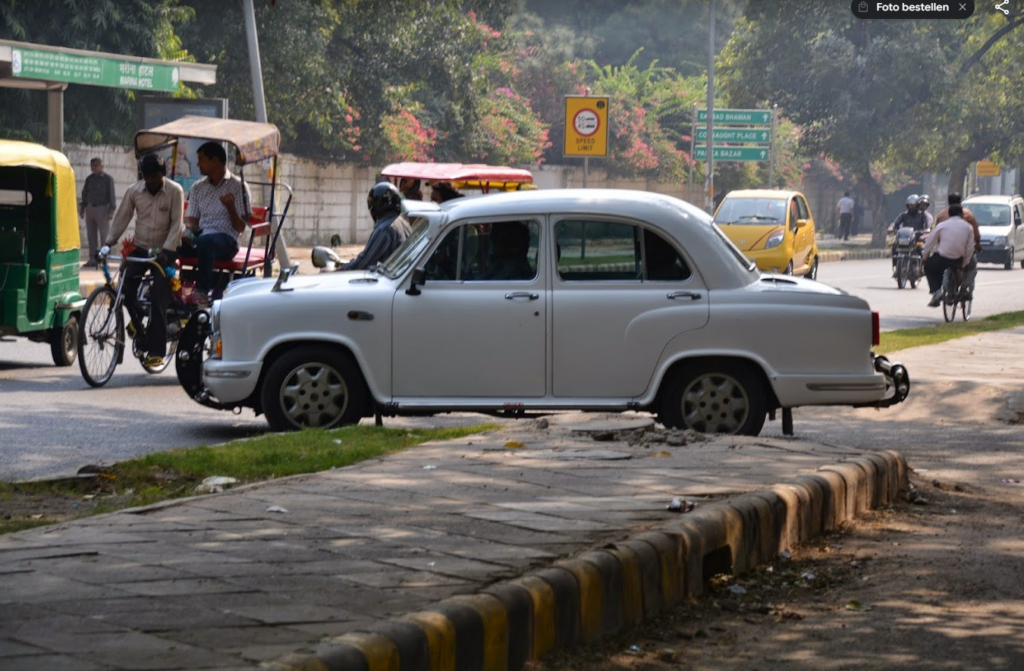
Sight to see in Agra
Two well-known attractions characterize Agra: the Taj Mahal (especially beautiful at sunrise/sunset) and the Agra Fort. In addition to these attractions, which attract millions of people every year, there are a number of nice sights. For example, Balkeshwar Temple, dedicated to the Hindu goddess Shiva and located at the highest point of Agra. The Mankameshwar Temple is also dedicated to Shiva and consists of a larger temple complex with smaller temples, all dedicated to a specific Hindu god. Agra is also home to several buildings and adjacent gardens, such as Soami Bagh Samadh (a mausoleum that is still under construction) and the Mehtab Bagh botanical garden.
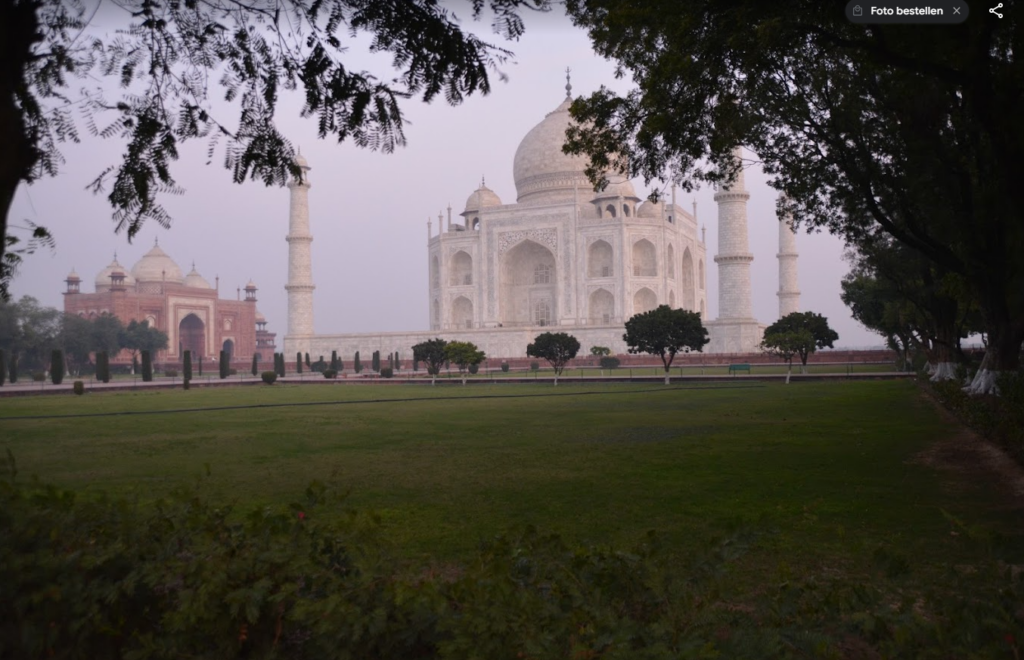
Sight to see in Jaipur
Jaipur, also called the Pink City and very popular with tourists. The most famous sights are Amber Palace, Hawa Mahal and Govind Devji temple. In addition, the Galw Bagh (nicknamed the Monkey Temple) is known for the many tame monkeys that can be fed there and the beautiful view. Jaipur is also known for its many beautiful gardens. Every season there is at least one of the many colorful festivals such as the Elephant Festival, Teej Festival and the Kite Festival.

Sight to see in Varanasi
The city of temples and ghats, but especially the city along the Ganges River. An important place for Indoes. They mainly come here to bathe or to cremate deceased relatives. Many ritual ceremonies are held around the many ghats (stairs leading to the banks of the Ganges), such as the cremation of the deceased. Panchganga Ghat is one of the most famous ghats and is located near the Alamagir Mosque, from where the view is beautiful.
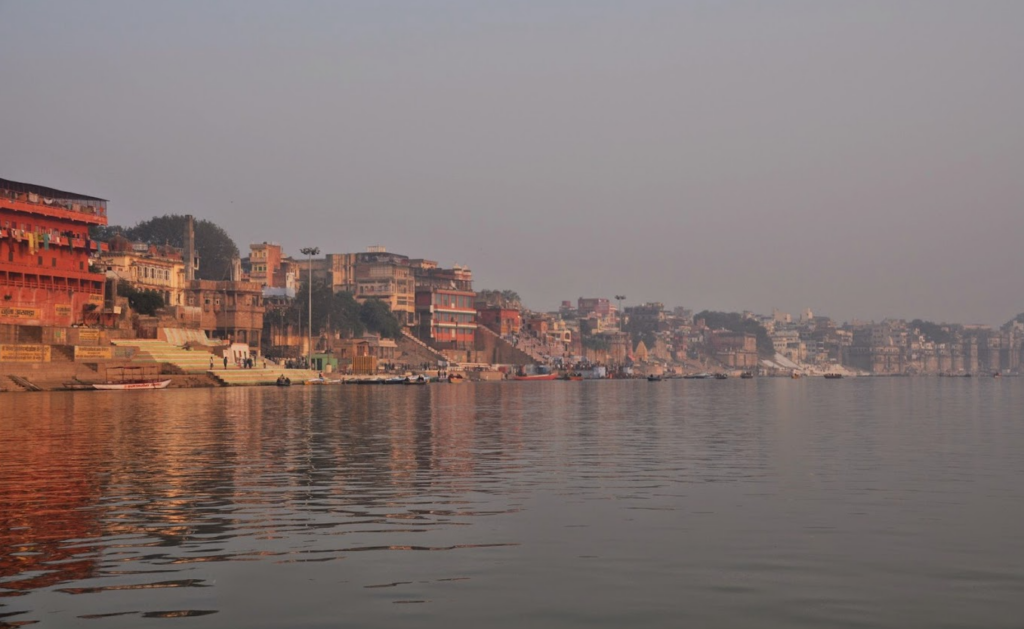
Sight to see in Bikaner
Located along old caravan routes, the city is alive with trade. Jewelry and woolen carpets can be found in the many colorful bazaars. The city is located in the Thar desert and therefore has many sand dunes and of course camels (formerly very important for transport). In Bikaner you have a number of temples, such as the Shivbari Temple (late 19th century) and the Lakshi Nath Temple (one of the oldest in the city). Other famous attractions include the Junagarh Fort and Laxmi Niwas Palace. The camel festival is organized annually, where the camels are dressed up and there are competitions for the most beautiful camel and camel races are held. Delicacies are also made from camel milk.
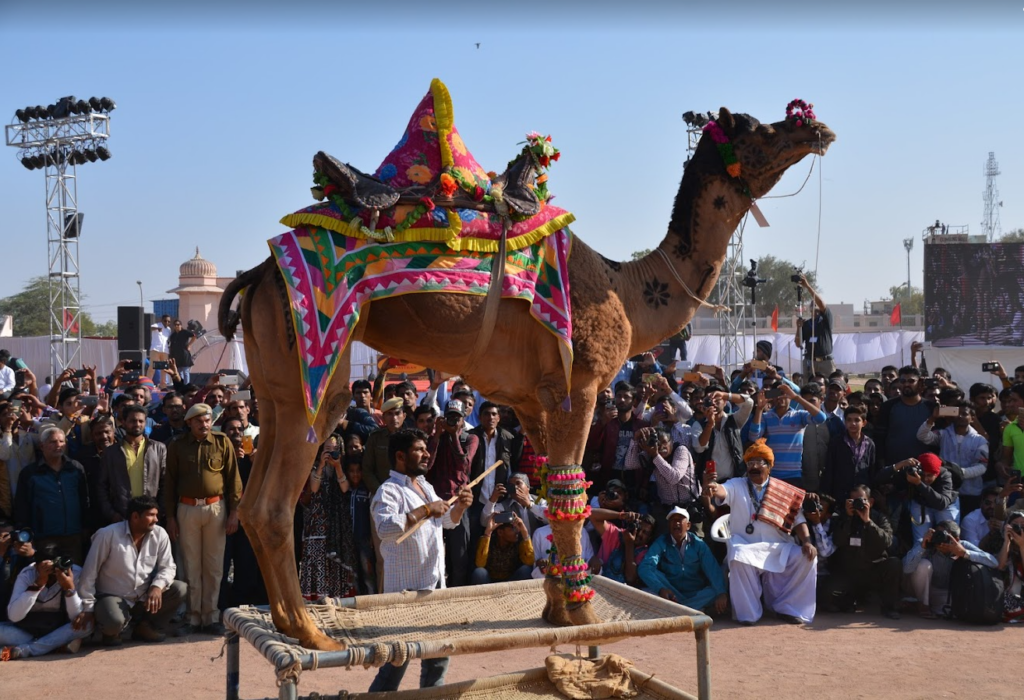
Sight to see in Jaisalmer
Jaisalmer, also called the Golden City, is located in the area of the Thar desert. Daily life is almost completely dominated by the desert. The mystique surrounding the city is very well known and it is sometimes said that this city seems straight out of a fairy tale from the Arabian Nights. Jaisalmer Fort, built in 1156 and made of sandstone, is a very famous landmark of the city. It is famous for its beautiful architecture, lively bazaars and the Jain Temples (building between the twelfth and fifteenth centuries, with great archaeological value due to the worldwide known Dilwara style). Dessert safaris, such as camel treks, are also popular in Jaislamer. The Desert Festival is organized in February.
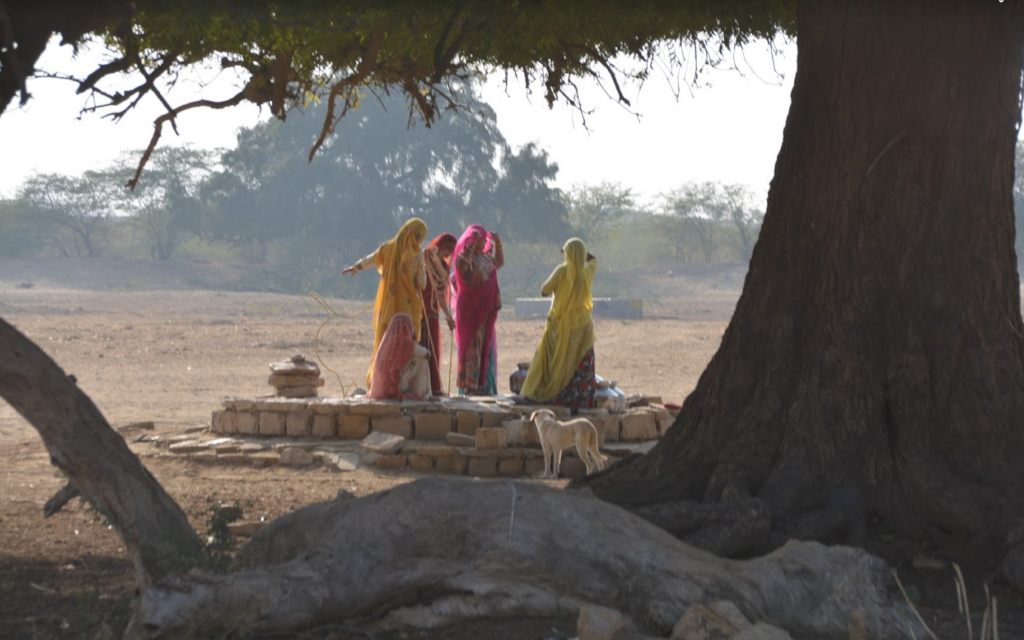
Sight to see in Udaipur
The Venice of the East and the most romantic city in Rajashtan (or according to some people in all of India). Centrally located in Udaipur is the Lake Palace, an original summer palace (now hotel) that is completely surrounded by a lake. The City Palace is also a remarkable building and has a beautiful view of the lake and the surrounding area. Besides palaces, there are also beautiful gardens to visit and also temples such as Jagdish Mandir and Jag Mandir.aan in Jaislamer. The Desert Festival is organized in February.
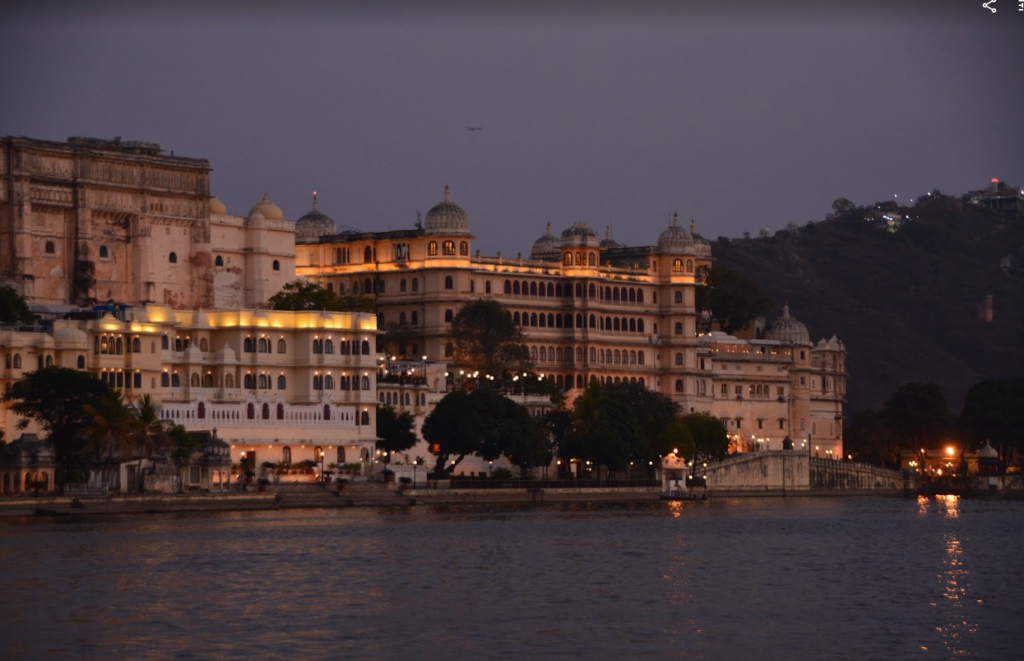
Sight to see in Jodphur
Jodphur, also called Sun City. It is also located on the edge of the Thar desert and the sun shines all day long. Rajashtan’s largest fort located on a hill, Mehrangarh Fort, can be found in Jodphur. Other famous temples are the Baba Ramdev Temple, the Ganesh Temple and the Pal Balaji Temple. You can shop in Nai Sadak, where you can find local costumes and handmade objects and jewelry. In October there is the annual music festival with folk music, which lasts five days. The International Desert Kite Festival is organized in January, where India’s best kite flyers are present. A colorful festival that lasts about three days.
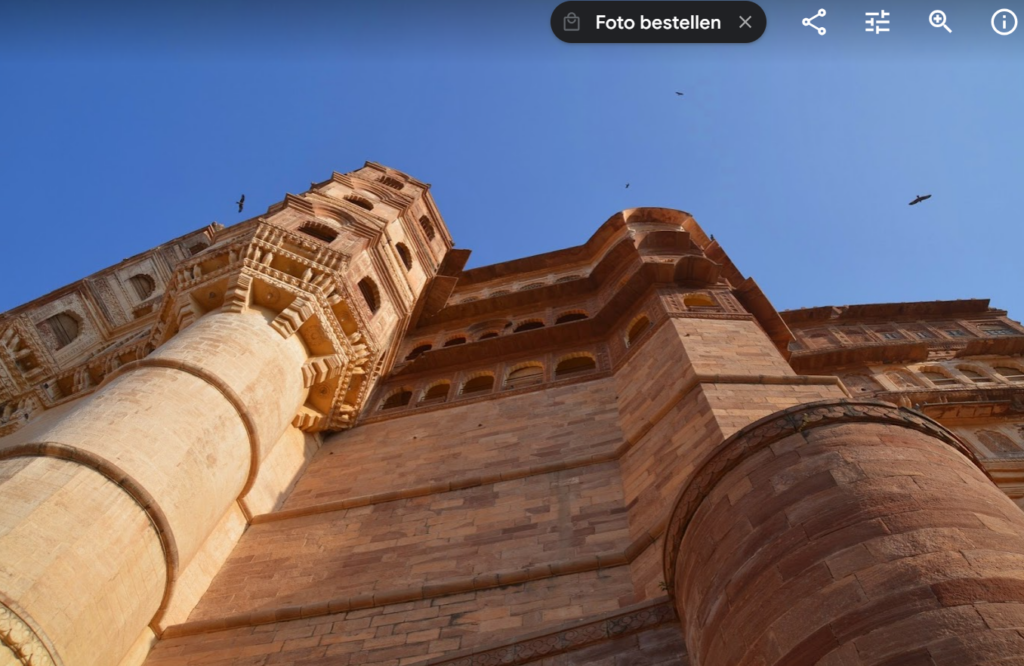
Sight to see in Amritsar
A city in the Northwest of India, the Punjab region. Amritsar is known as a religious center and also has a lot to offer tourists. The architecture is characterized by a mix of Hindu and Islamic influences. The most famous sights is the Golden Temple, a holy place for Sikhs. Another popular temple is the Durgiana Temple, built in the 16th century and named after the Hindu goddess Durga. For lovers of beautiful gardens, a visit to Ram Bagh (named after the founder of Amritsar: Guru Ram Das) is recommended. There is also a museum where weapons and portraits are displayed.
